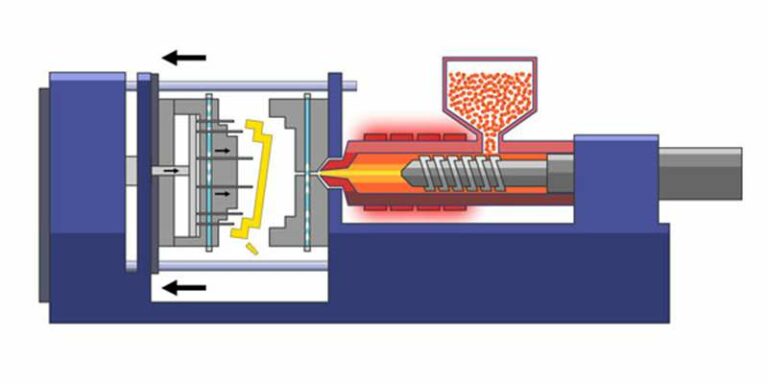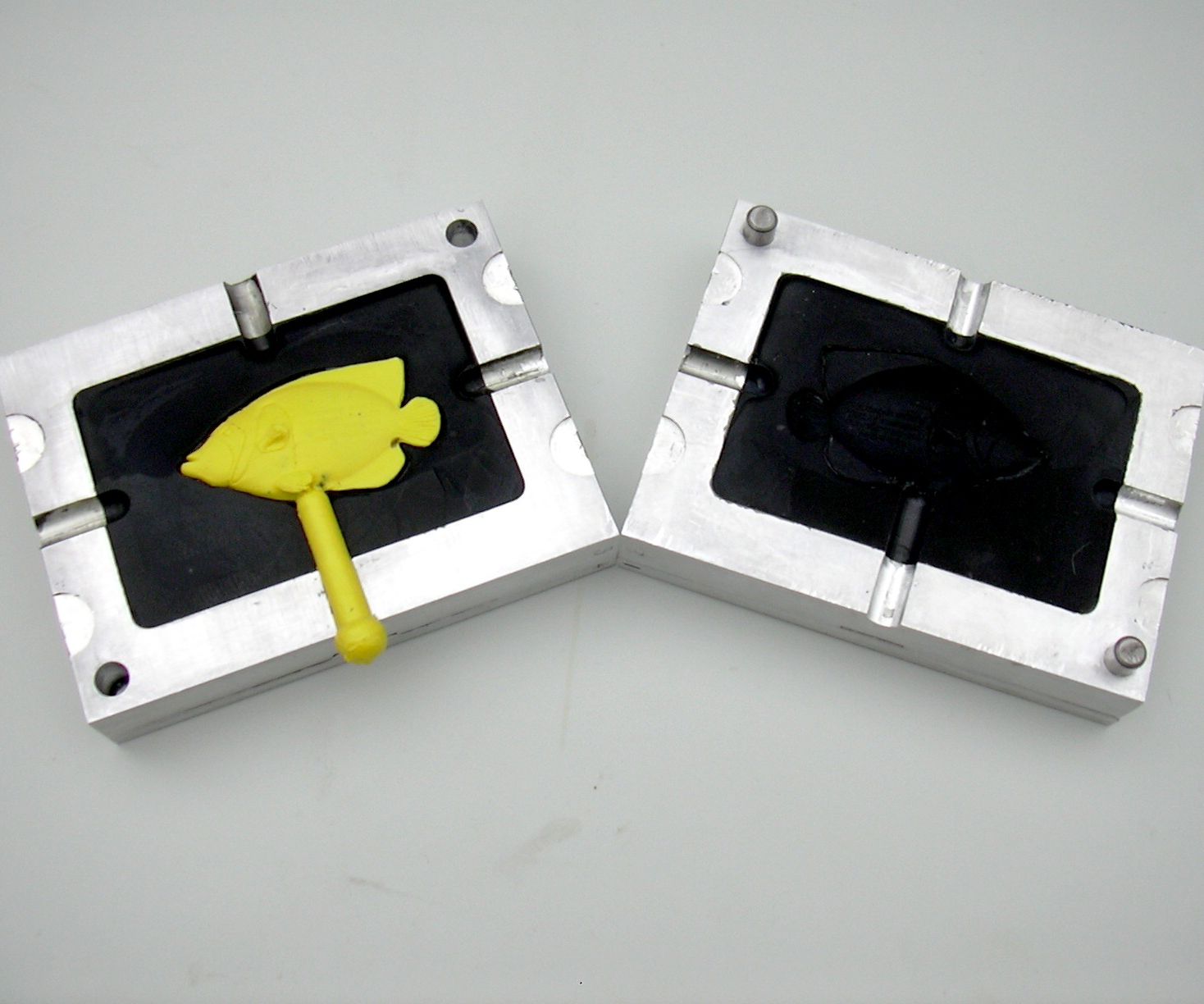The Influence of Plastic Injection Molding on Minimizing Production Expenses and Waste
The Influence of Plastic Injection Molding on Minimizing Production Expenses and Waste
Blog Article
Recognizing the Fundamentals of Plastic Injection Molding Processes
Plastic shot molding serves as a foundation of modern manufacturing, supplying a methodical strategy to generating intricate components with precision. This process not only encompasses the fundamental steps of melting and injecting products into molds yet additionally entails a nuanced understanding of different influencing factors, such as temperature and pressure. As industries significantly require performance and high quality, the details of this approach become much more crucial. Exploring these necessary components could reveal just how even small modifications can lead to significant enhancements in production outcomes, questioning regarding the potential for development in this well-known process.
What Is Plastic Shot Molding?
Plastic injection molding is a widely used manufacturing procedure that changes thermosetting and thermoplastic materials into exact and intricate forms. This method is preferred for its ability to produce high quantities of the same components with phenomenal accuracy, making it an important approach in various industries, including auto, customer goods, and clinical tools.
The process includes melting the picked plastic product and injecting it into a mold and mildew under high stress. The mold, developed to the specs of the preferred part, permits the molten plastic to take shape as it strengthens and cools. Once the product has hardened, the mold and mildew is opened up, and the ended up element is expelled.
Plastic shot molding provides a number of benefits, including reduced waste, consistency in production, and the capability to incorporate elaborate layouts that might be challenging with various other producing techniques. In addition, it supports a wide array of materials, each offering one-of-a-kind buildings that can be tailored for particular applications. As markets continue to introduce, plastic shot molding continues to be at the center, allowing the development of innovative products that fulfill progressing customer needs.
The Injection Molding Refine
The injection molding process is an innovative technique that includes numerous vital phases to produce high-quality plastic components. Plastic pellets are fed right into a heated barrel where they are thawed into a viscous fluid. This molten plastic is then infused under high pressure into a precision-engineered mold and mildew, which shapes the material into the wanted kind.
When the mold and mildew is filled up, the plastic is enabled to cool and strengthen, taking the shape of the mold tooth cavity. Air conditioning time is essential, as it impacts the cycle time and the final residential properties of the shaped part. After sufficient cooling, the mold and mildew opens, and the ended up part is expelled utilizing ejector pins.

Materials Made Use Of in Shot Molding
Various materials can be used in the shot molding process, each offering distinct properties that deal with details applications. One of the most generally used products consist of thermoplastics, thermosetting plastics, and elastomers.

Thermosetting plastics, like epoxy and phenolic resins, undertake a chemical adjustment throughout the treating process, resulting in a rigid, inflexible structure. These products are excellent for applications requiring high heat resistance and structural integrity, often used in vehicle components and electric insulators.
Elastomers, including silicone and here are the findings rubber-based materials, give flexibility and strength. Their special homes make them ideal for applications that require elasticity, such as gaskets and seals.
Furthermore, specialized materials like bio-based plastics and compounds are getting traction for their ecological benefits and improved performance qualities, broadening the scope of injection molding applications in numerous sectors. Comprehending the homes of these materials is important for choosing the ideal kind for specific tasks.
Advantages of Shot Molding
Injection molding stands apart as a highly effective production procedure that offers many advantages for generating complicated get rid of precision. One of the most substantial advantages is the capability to create intricate styles that would certainly be difficult or challenging to accomplish with Related Site various other techniques (Plastic Injection Molding). The process allows for detailed features and limited resistances, guaranteeing top quality components
Furthermore, injection molding is recognized for its fast production capabilities, making it an optimal choice for high-volume manufacturing. As soon as the mold and mildew is created, parts can be generated promptly, lowering lead times and enhancing overall efficiency. This effectiveness not only decreases production costs yet likewise gives an one-upmanship on the market.
The flexibility of products made use of in shot molding further enhances its allure. A large range of thermoplastics and thermosetting polymers can be used, allowing manufacturers to pick products that best meet their particular needs, including flexibility, warm, and stamina resistance.
Additionally, the procedure minimizes waste, as excess product can usually be recycled and reused. This sustainability facet adds to a reduced environmental influence, making injection molding a liable production choice. In general, the advantages of injection molding make it a recommended method for lots of industries.
Variables Affecting Product Quality
While numerous elements can influence product quality in injection molding, recognizing these elements is vital for attaining optimum outcomes. Trick aspects include material option, refining specifications, and mold style.
Material choice plays an important role, as various polymers show unique residential properties that influence flowability, strength, and thermal security. Poor material option can cause defects such as bending or incomplete filling.
Handling parameters, including temperature, cycle, and pressure time, have to be diligently controlled. Variants in these settings can cause disparities in part dimensions and surface coating. As an example, exceedingly heats might create degradation of the polymer, while inadequate stress can result in brief shots.
Mold style is equally important, as it identifies the circulation of the molten plastic and the cooling procedure. Improperly created molds may lead to uneven cooling rates, resulting in dimensional errors and residual stress and anxieties.
Verdict
Finally, plastic shot molding functions as an important production process that my site enables the effective manufacturing of top notch components. Mastery of the injection molding procedure, consisting of the understanding of products and the impact of various elements on item high quality, is essential for achieving optimum outcomes. The advantages of this technique, such as cost-effectiveness and style adaptability, additional emphasize its relevance across several markets, solidifying its condition as a favored selection for high-volume production.
Plastic injection molding offers as a foundation of modern manufacturing, giving a methodical method to generating intricate parts with precision.Plastic shot molding uses a number of benefits, including decreased waste, consistency in production, and the ability to include detailed layouts that might be challenging with various other producing approaches (Plastic Injection Molding). As industries continue to innovate, plastic injection molding stays at the leading edge, enabling the development of sophisticated items that meet advancing consumer needs
The injection molding process is a sophisticated strategy that involves a number of essential phases to create high-grade plastic components.In conclusion, plastic injection molding offers as a critical production procedure that enables the effective manufacturing of premium elements.
Report this page